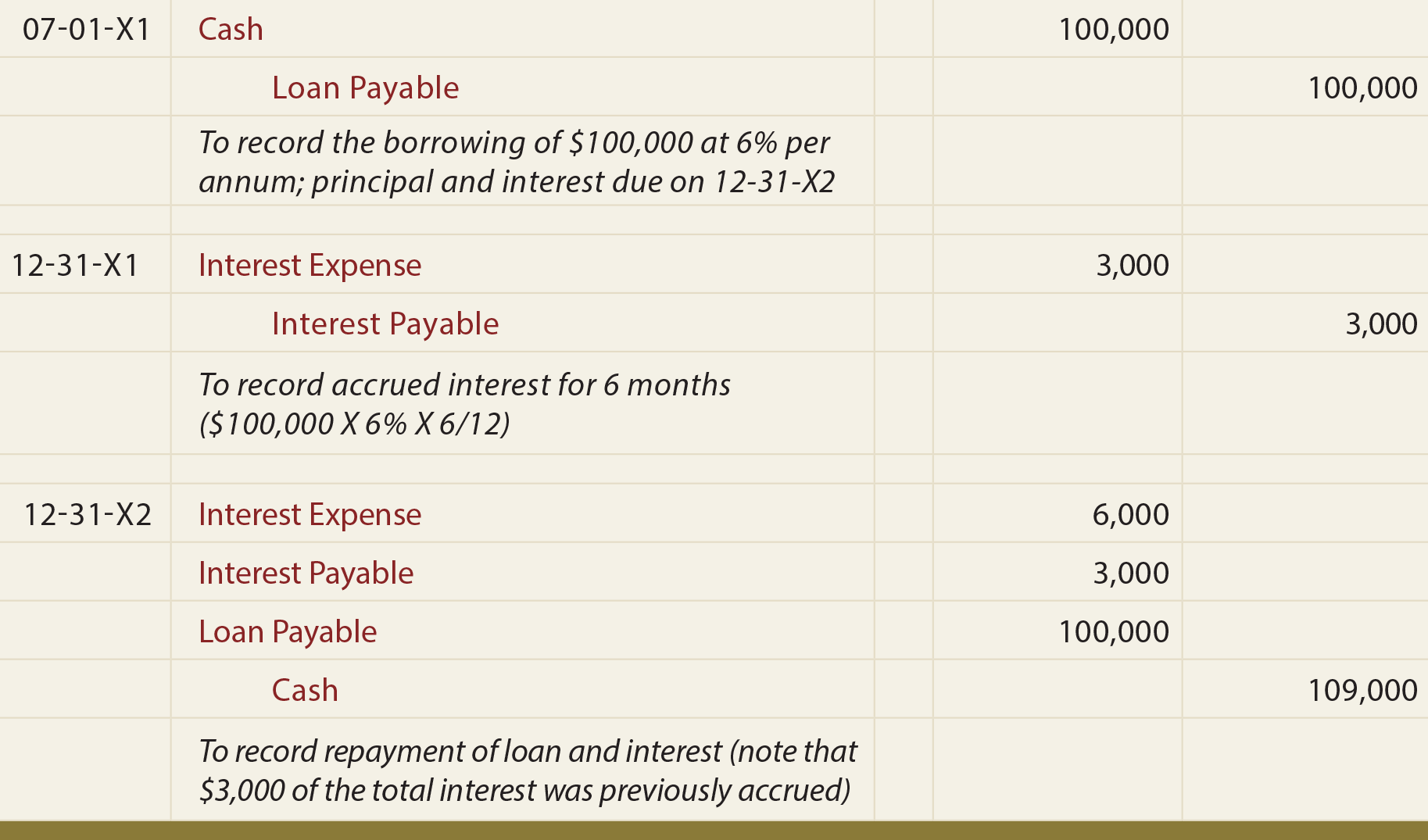
Notes payables, a form of debt, are typically securities and they must be registered with the Securities and Exchange Commission (SEC) and the state in which they’re being sold. They can provide investors is notes payable an asset who are willing to accept the risk with a reliable return, but investors should be on the lookout for scams in this arena. You can see the kind of information that is added to the note payable.
Trial Balance
- There are usually two parties involved in the notes payable –the borrower and the lender.
- We may earn a commission when you click on a link or make a purchase through the links on our site.
- The discount on notes payable in above entry represents the cost of obtaining a loan of $100,000 for a period of 3 months.
- As the company pays off the loan, the amount under “notes payable” in its liability account will decrease.
Learn all about notes payable in accounting and recording notes payable in your business’s books. The company obtains a loan of $100,000 against a note with a face value of $102,250. The difference between the face value of the note and the loan obtained against it is debited to discount on notes payable. An interest-bearing note is a promissory note with a stated interest rate on its face. This note represents the principal amount of money that a lender lends to the borrower and on which the interest is to be accrued using the stated rate of interest. In this case the note payable is issued to replace an amount due to a supplier currently shown as accounts payable, so no cash is involved.
On the date of receiving the money

When a business owner needs to raise money for their business, they can turn to notes payable for funding. Capital raised from selling notes can improve a business’s financial stability. Interest is primarily the fee for allowing the debtor to make payment in the future. There was an older practice of adding interest expense to the face value of the note—however, the convention of fair disclosure under truth-in-lending law. Well, we’re here to remove any confusion or complications around notes payable. Once you know how they work, you can leverage notes payable to fund your short-term and long-term business needs, such as buying equipment, tools, vehicles, etc.
Please Sign in to set this content as a favorite.
These agreements detail all important points surrounding the transaction. It comprises information related to the amount paid, applicable interest rate, name of the payer and payee, the maturity date, limitations if any, and the issuer’s signature with the date. In addition, the timeframe can differ hugely and range from a few months to five years or maybe more.
What distinguishes a note payable from other liabilities is that it is issued as a promissory note. One problem with issuing notes payable is that it gives the company more debt than they can handle, and this typically leads to bankruptcy. Issuing too many notes payable will also harm the organization’s credit rating.
Create a Free Account and Ask Any Financial Question
Notes payable are written agreements (promissory notes) in which one party agrees to pay the other party a certain amount of cash. The debit of $2,500 in the interest payable account here is to eliminate the payable that the company has previously recorded at period-end adjusting entry on December 31, 2020. The notes payable is an agreement that is made in the form of the written notes with a stronger legal claim to assets than accounts payable.
The company owes $0 after this payment, which is $10,999 – $10,999. The company owes $10,999 after this payment, which is $21,474 – $10,475. The company owes $21,474 after this payment, which is $31,450 – $9,976.
In this situation, the manufacturing company would record the $50,000 as notes payable, a liability account. This is because there’s a written promissory note detailing the loan terms and repayment schedule. Notes Payable, on the other hand, represents a written promise by a company to pay a specific sum of money at a specified future date or upon the demand of the holder who received the note. It is typically used as a liability account to record a debt payback and is issued to banks, credit companies, and other lender.


